Teaching Black children to swim heals generational trauma and saves lives, experts say
When Torrence Thomas heard news that six Black teenagers drowned in Louisiana's Red River as they struggled to save a friend who had slipped into deeper waters, he knew something needed to be done.
The incident, now more than a decade old, shocked the state, Thomas said. It's also all too common, according to data. Black children drown at more than twice the rate of white children, the Centers for Disease Control and Prevention reports.
Experts told USA TODAY that systemic barriers in swimming pool access continue today, and the racist history of recreational swimming still affects Black people, leaving them less likely to learn to swim. To combat this, Black swim instructors are fighting against history’s harsh legacies, one swimmer at a time.
Thomas and his twin brother, Thurman, set out to make free swimming lessons more accessible to underserved communities in the Baton Rouge area. They raised money by selling band merchandise – they're musicians when they are not providing swimming lessons – and built a nonprofit called Tankproof that spread to Seattle; San Francisco; Los Angeles; Dallas; Austin, Texas; Brooklyn, New York; and Nashville, Tennessee.
“Swimming is a life skill,” Thurman said. “It's a necessity. The gift of swimming should be afforded to every single person.”
'WHITE SUPREMACY COLORS EVERYTHING, EVEN ART': Tattoo artists of color battle narrative that ideal skin for ink is white
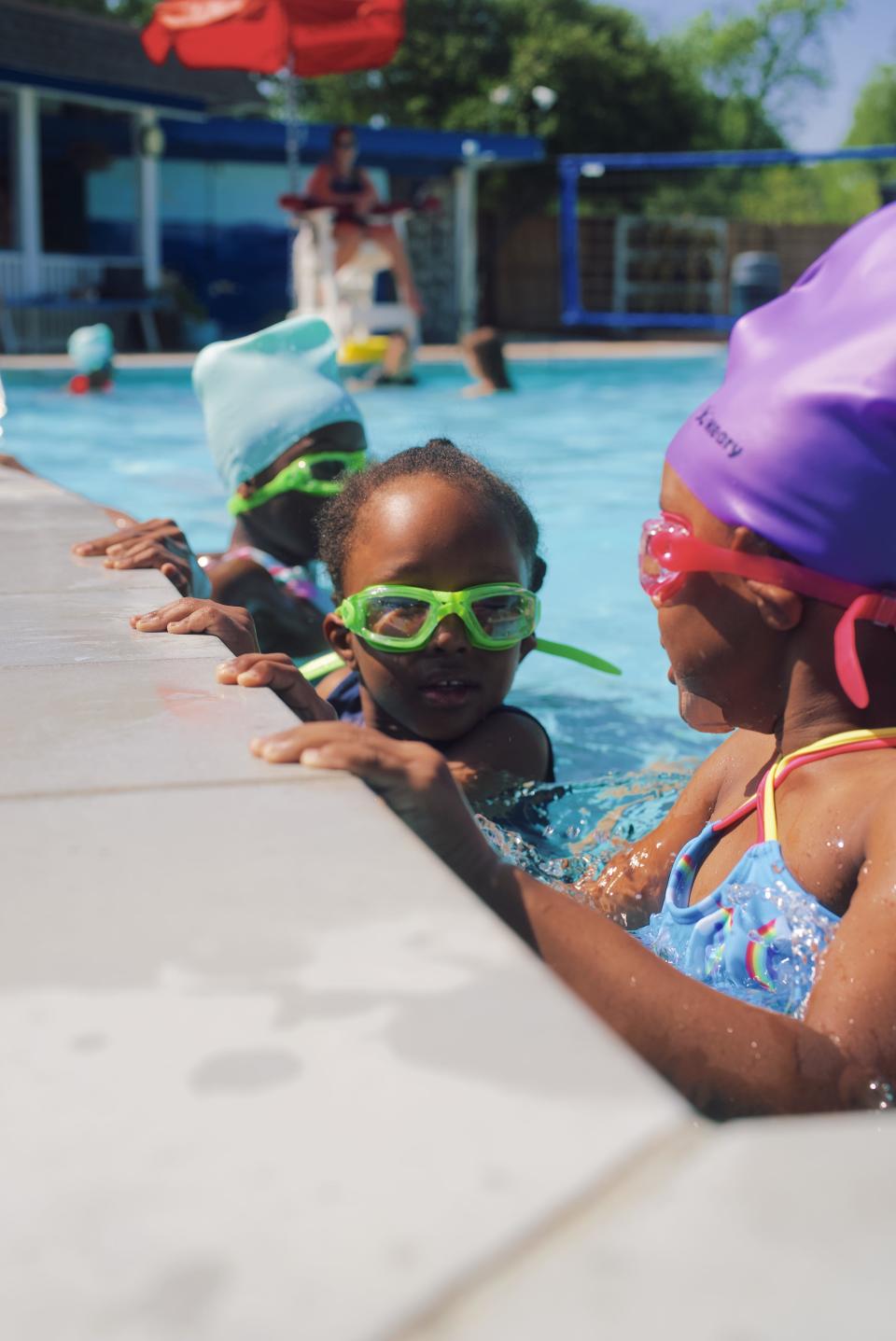
'An important part of the larger civil rights movement'
The story of systemic racism in swimming dates back centuries, historians said.
Enslaved Black Americans were exploited for their swimming abilities in industries that relied on slave labor, like pearl diving, said Victoria Prizzia, creator of “POOL: A Social History of Segregation,” a Philadelphia exhibition on racism in swimming. They were also brutally punished for swimming recreationally because it was seen as an avenue to freedom.
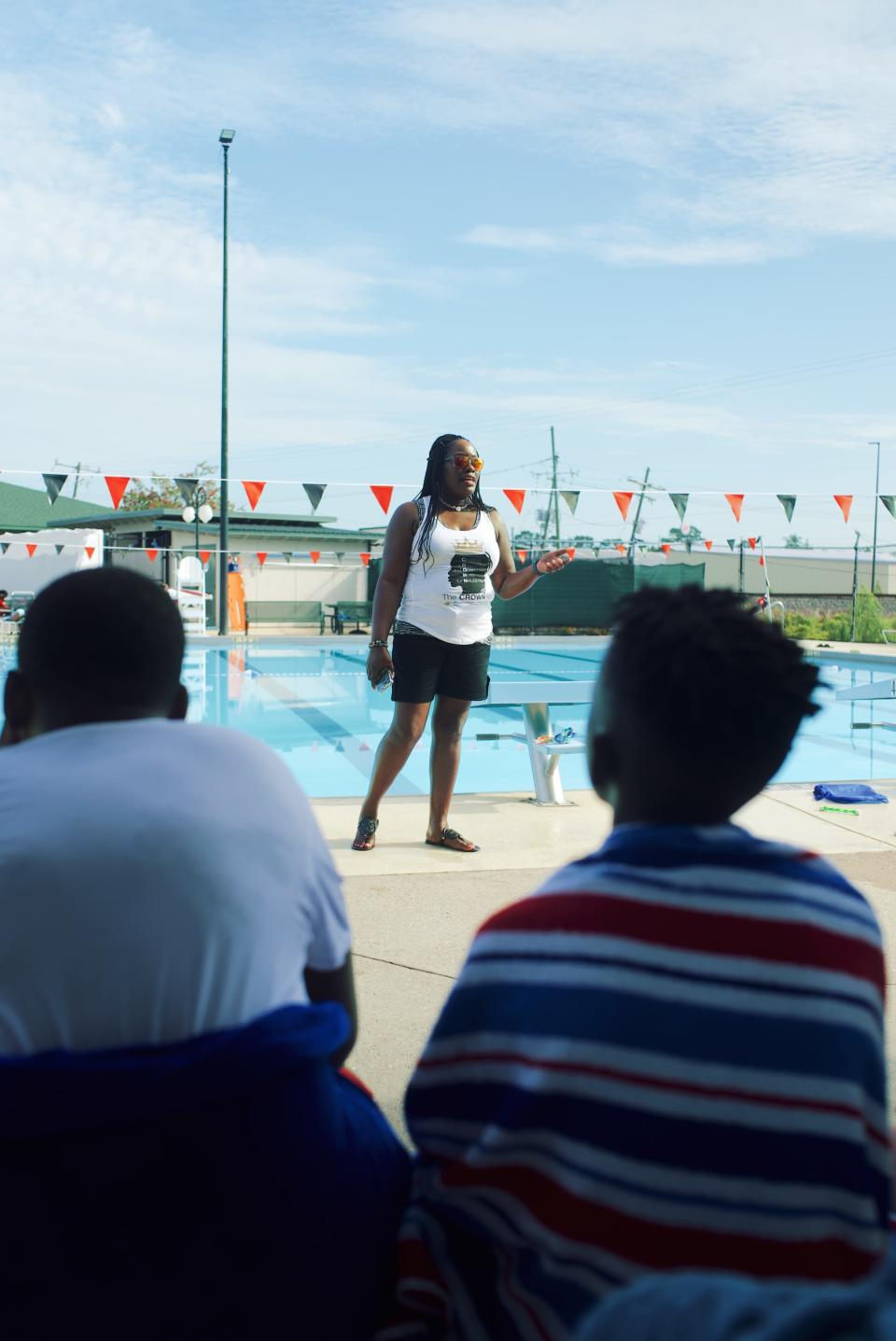
The first public pools in Northern states served as bathhouses where people of different races swam together, said Jeff Wiltse, a history professor at the University of Montana.
Public pools where men and women could swim together recreationally began opening in the 1920s and 30s. They immediately became contested along racial lines, said Wiltse, author of “Contested Waters.”
White people worried about Black men swimming alongside white women, drawing on racist stereotypes that Black men were “sexually undisciplined,” Wiltse said. Others were concerned about the potential for interracial relationships. Many clung to the racist belief that people of color would spread disease through the water, Wiltse added.
Racial segregation quickly became the rule for public pools, sometimes enforced by law. Pools were also concentrated in whiter, wealthier neighborhoods, Wiltse said. Many required identification cards for Black people or demanded payment and “proper bathing suits” that were difficult for many households to afford.
'YOU'RE ACTUALLY NOT ALONE': Bolstered by legacy, Black distillers push for diversity in industry
Violence and intimidation became preferred strategies for segregation, Wiltse said. In 1964, a manager of a pool in St. Augustine, Florida, dumped acid into a pool where Black and white people were swimming together. The attack sparked outrage and became a watershed moment in the civil rights movement, Wiltse said.
Swimming pools became centers of protests for racial equity after World War II as demonstrators organized “wade-ins” at beaches and pools. Many Black Americans pushed for the creation of their own pools, including the famed Nile Swim Club, while others filed lawsuits spearheaded by local NAACP chapters.
“That's where the efforts to desegregate pools begin to constitute something of a movement,” Wiltse said. “And it should be considered an important part of the larger civil rights movement or the Black freedom struggle.”
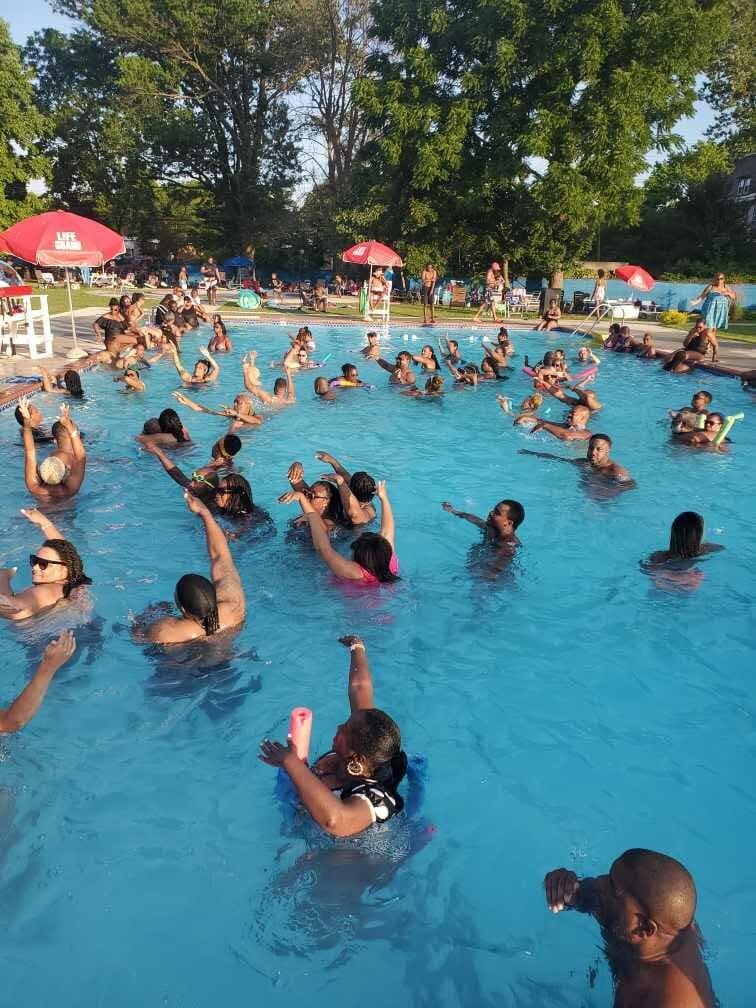
Legacy of racism remains
Rather than accept integration, white swimmers abandoned public pools and turned to private pools in their own homes or suburban communities, Wiltse said. Cities closed pools and neglected the funding and maintenance of facilities in Black neighborhoods.
“These private clubs and swimming pools enabled an entire generation of white Americans to become immersed in swimming and swimming culture,” Wiltse said.
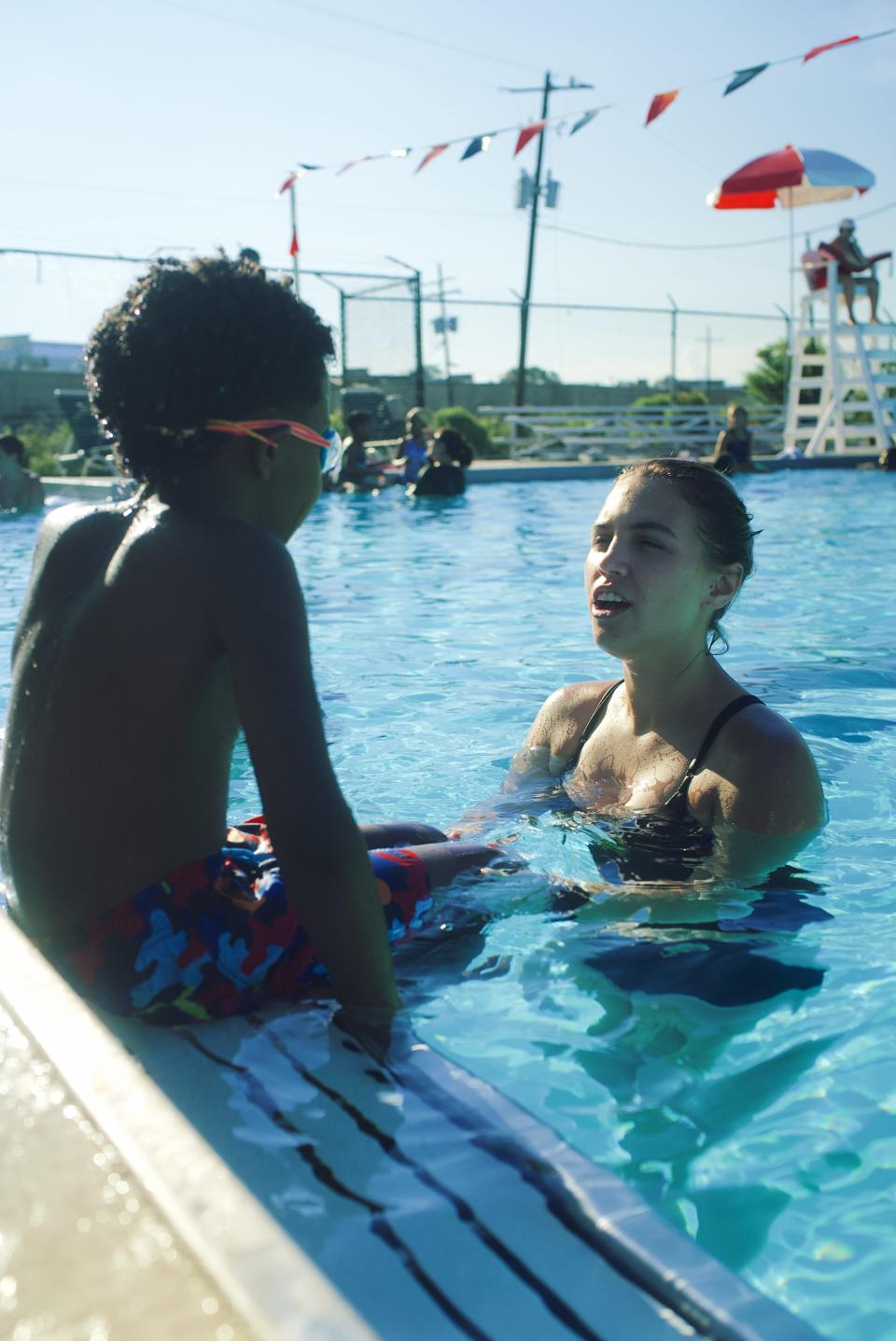
This historical lack of access has another devastating impact. Nearly 64% of Black children can’t swim, compared with 40% of white children, according to a 2017 USA Swimming Foundation study. Black children ages 10 to 14 drown in swimming pools at rates 7.6 times higher than white children, according to the CDC.
“Past racial discrimination casts a very long shadow, and we're still living with the consequences of that discrimination,” Wiltse said.
Thurman Thomas, from Tankproof, said Black people have been "robbed" of their connection to water.
"We want to empower these kids to not be afraid, to reclaim that connection to water," he said.
'ZINES' HAVE ROOTS IN MARGINALIZED COMMUNITIES: Zine-makers worry those origins are being forgotten.
Learning to swim, healing generational trauma
For Jeff Commings, a competitive swimmer and co-founder of Dolphins of the Desert Swimming Academy in Arizona, healing that generational trauma starts one student and one swimming lesson at a time.
Commings, 48, said many of the Black parents he’s worked with were never taught to swim and have a fear of water. These parents are less likely to have their own children learn to swim, he said, adding that many of his students come to the pool with a fear of swimming.
“Many of us have parents who were alive during the civil rights movement and directly faced this intimidation and shaming,” Commings said. “...The trauma of that abuse continues on.”
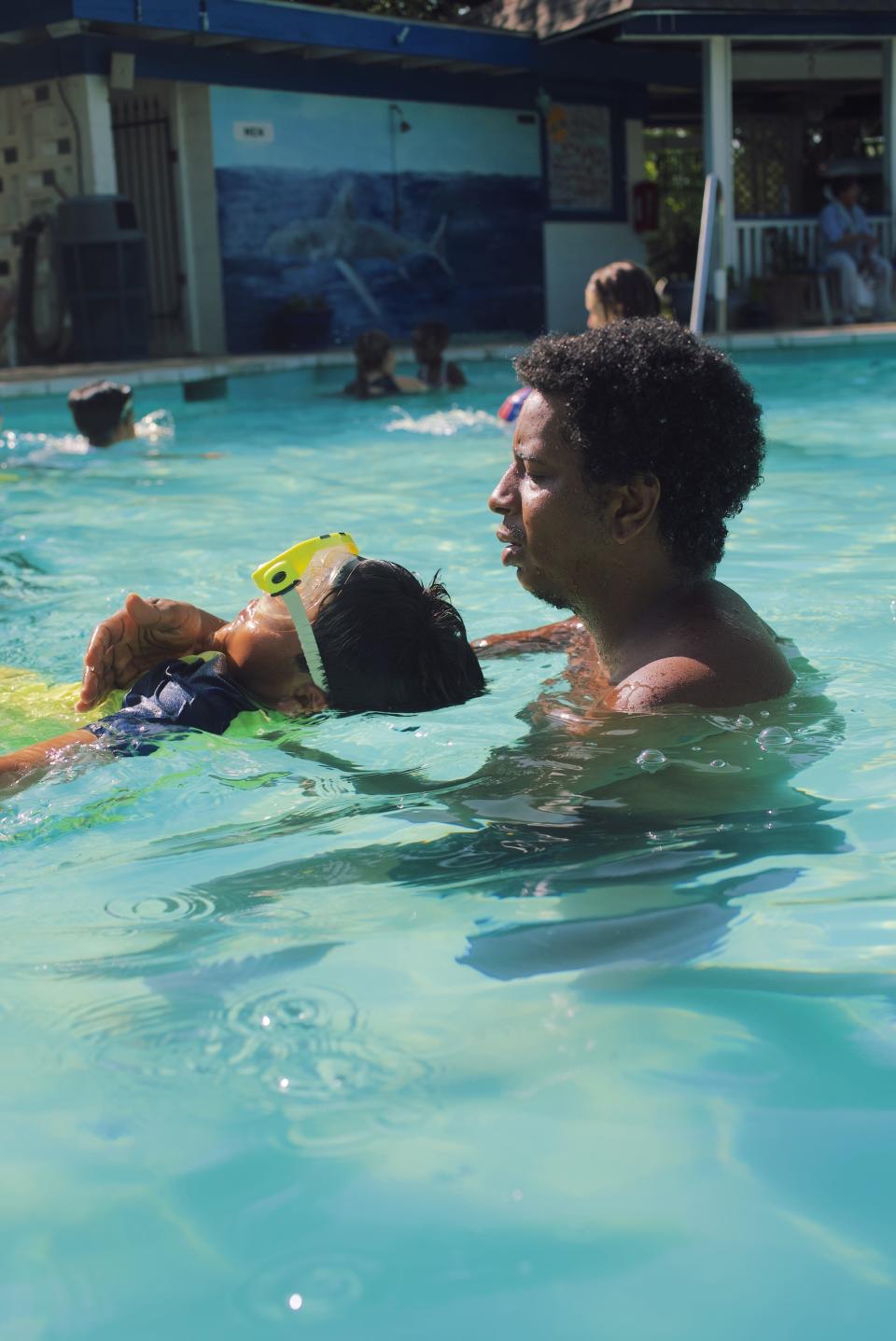
He added: “I want to make my students fall so in love with swimming that they pass on that love to their children when they become parents.”
Rhonda Harper, founder of the surfing performance camp Black Girls Surf, saw a similar fear in the face of a young child she recently taught. Each day for a week, the two of them stood together in knee-deep water before she was ready to venture deeper into the pool.
“Just some investment of resources and a little patience can go a long way,” Harper said. “And I want our children to have the resources many of us didn’t have years ago.”
Growing up in Kansas City, Harper said her family was denied entry to their local pool “because they didn’t want Black people.” Instead, she walked 3 miles to the next-closest pool.
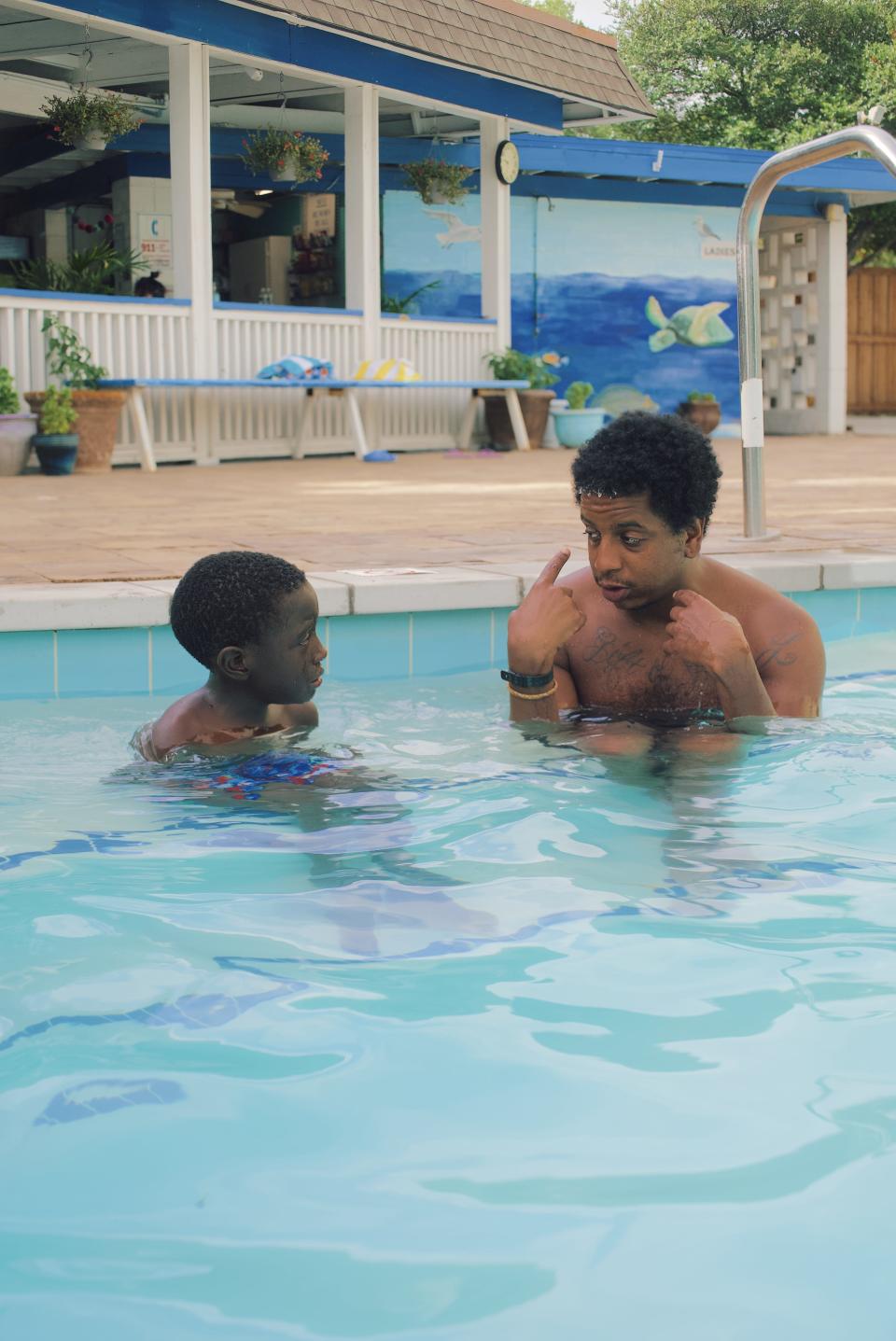
“Dreams die because you have to deal with racism,” Harper said. “I want all our children to live their dreams, to connect with water.”
But for that to happen, there’s more work to be done, swimming instructors and historians told USA TODAY. They urged more federal and local investment in public pools and accessible swimming lessons in underfunded communities. Others encouraged schools and universities to teach students to swim as a graduation requirement.
'Carry on that legacy'
Perhaps the most well-known symbol of resistance against the history of racism and exclusion in recreational swimming is Nile Swim Club, just outside Philadelphia, in Yeadon.
In 1957, two Black families applied to join a white-owned swim club in Yeadon. When they arrived at the pool’s office, they found their applications in the trash, said Anthony Patterson Sr., Nile Swim Club's board president.
After two years of fundraising, those families opened the first Black-owned and operated private swim club in the country, according to the Nile Swim Club.
“It was a space for us and for everyone,” Patterson said.
K-12 STUDENTS ARE BECOMING ACTIVISTS: They're drawing on lessons from historic fight for ethnic studies

The youngest of 19 children, Patterson grew up going to Nile Swim Club with his siblings almost every day. They couldn’t afford a membership, so the club’s owners allowed them to swim for free if they helped pick up trash and clean up the pool.
Patterson taught his son to swim at Nile.
“Because my family had access to the Nile Swim Club, we all learned to swim,” he said. “So many communities don't have that, and the ones that do, may not have suitable facilities or adequate swimming lessons.”
As he greets club members at the front desk or watches children once scared of the water leap into an 11-foot-deep pool, Patterson said he thinks of the history of Nile and the people who fought so that he and his community could have a place to swim.
“It's an honor to carry on that legacy,” he said. “And we all work very hard to ensure this work continues for generations, and Nile Swim Club continues for generations."
Contact News Now Reporter Christine Fernando at cfernando@usatoday.com or follow her on Twitter at @christinetfern.
This article originally appeared on USA TODAY: Swimming instructors want to help Black children reconnect with water

